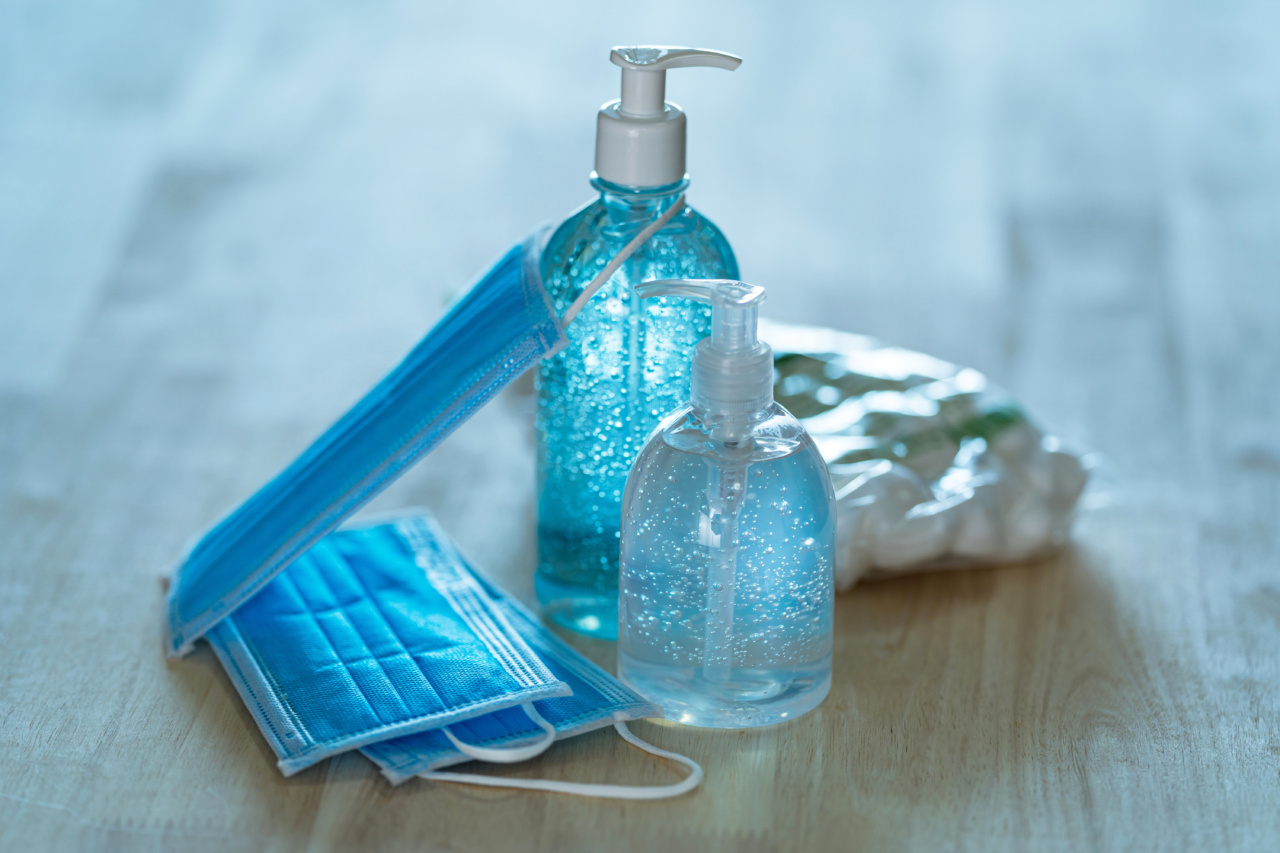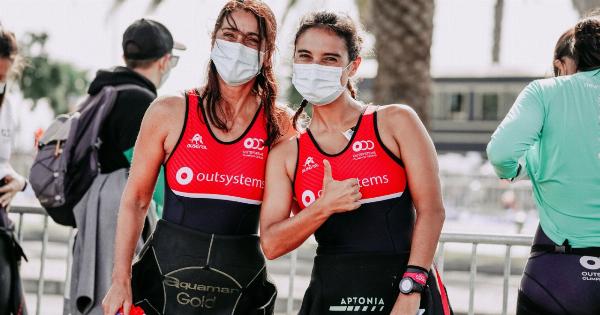With the emergence of new strains of viruses, including the highly contagious Delta variant, it has become crucial to choose the right type of mask to ensure maximum protection.
As the virus continues to evolve, certain masks that were once effective may no longer provide the same level of safety. In this article, we will discuss the masks that may not protect you anymore and explore alternative options to safeguard your health.
1. Cloth Masks
Cloth masks gained popularity during the initial stages of the pandemic when medical-grade masks were in short supply.
However, as new strains emerge and the need for better filtration becomes paramount, cloth masks may fall short in terms of protection. While they may offer some barrier against respiratory droplets, they do not provide sufficient filtration to effectively block out the smaller airborne particles potentially carrying the new strains.
2. Single-layer Disposable Masks
Disposable masks with a single layer of material, often made of non-woven fabric, were commonly used early on. These masks may not be as effective in preventing the transmission of the new strains due to their limited filtration capabilities.
They offer minimal protection and have become less recommended as more options are now available.
3. Neck Gaiters and Bandanas
Neck gaiters and bandanas have gained popularity due to their convenience and ease of use. However, studies have shown that these types of face coverings may not provide adequate protection against the new strains.
The loose-fitting nature and thin material of neck gaiters and bandanas allow respiratory droplets to escape and enter the air more easily. Therefore, they are not recommended for situations where higher levels of protection are required.
4. Valve Masks
Valve masks, also known as respirator masks with exhalation valves, were often used by individuals seeking both comfort and protection during the earlier stages of the pandemic.
However, these masks are designed to protect the wearer rather than those around them. The exhalation valve allows unfiltered air to be expelled, potentially spreading the virus to others. For this reason, valve masks may not be as effective in preventing the transmission of the new strains and are not recommended in high-risk settings.
5. Masks with Filter Openings
Masks that feature filter openings or vents may also not provide adequate protection against the new strains.
These openings compromise the integrity of the mask, allowing unfiltered air to enter and potentially exposing the wearer to airborne particles carrying the virus. It is important to choose masks without any filter openings to ensure maximum filtration efficiency.
6. Masks with Elastic Ear Loops Only
Many masks come equipped with elastic ear loops for ease of use. However, masks that solely rely on ear loops for support may not provide a tight enough seal around the face, allowing air to escape and enter more freely.
Achieving a proper fit is crucial for mask effectiveness, so it is recommended to opt for masks that also have adjustable headbands or neck straps to ensure a snug and secure fit.
7. Insufficiently Certified Masks
Not all masks provide the same level of protection, especially against the new strains of the virus. It is important to choose masks that have been appropriately certified by regulatory authorities, such as the N95, KN95, or FFP2 masks.
These masks undergo rigorous testing to ensure they meet specific filtration standards and provide effective protection against airborne particles.
8. Improperly Worn Masks
Even with the right type of mask, improper wearing can significantly reduce its effectiveness. Masks should cover both the nose and mouth completely, ensuring there are no gaps around the edges.
Failure to wear the mask correctly can allow unfiltered air to enter or exit, increasing the risk of exposure to the new strains. Additionally, touching the mask frequently or adjusting it with contaminated hands can compromise its protective barrier.
9. Alternative Options
Given the evolving nature of the virus and the emergence of new strains, it is prudent to consider alternative mask options that offer higher levels of protection.
N95 respirator masks, for example, are highly effective in filtering out airborne particles and are recommended in high-risk situations. KN95 and FFP2 masks are also viable alternatives that provide similar levels of filtration. These masks offer a tighter fit and superior filtration capabilities compared to cloth masks or single-layer disposable masks.
Another option to consider is the use of double masking.
By combining a surgical mask with a cloth mask or wearing two well-fitted masks together, you can create an additional layer of protection and enhance the filtration efficiency, decreasing the risk of exposure to the new strains.
10. Regular Mask Replacement
Regardless of the type of mask you choose, it is essential to replace it regularly. Over time, masks can become contaminated with moisture and particles, compromising their effectiveness.
Follow the manufacturer’s guidelines regarding the recommended usage duration and replace the mask whenever it becomes visibly soiled or damaged. Regularly washing cloth masks in hot water and detergent is also important to maintain their efficacy.
Conclusion
As new strains of the virus continue to surface, it is vital to adapt our strategies for protection accordingly. Certain masks that were once deemed sufficient may no longer offer the desired level of protection against the evolving strains.
It is important to stay informed about the latest mask recommendations from healthcare authorities and choose masks that provide better filtration efficacy, such as N95, KN95, or FFP2 masks. Additionally, ensuring proper mask usage and considering alternative options like double masking can further enhance your protection in these challenging times.































